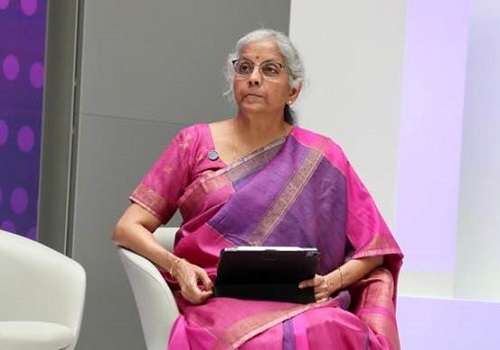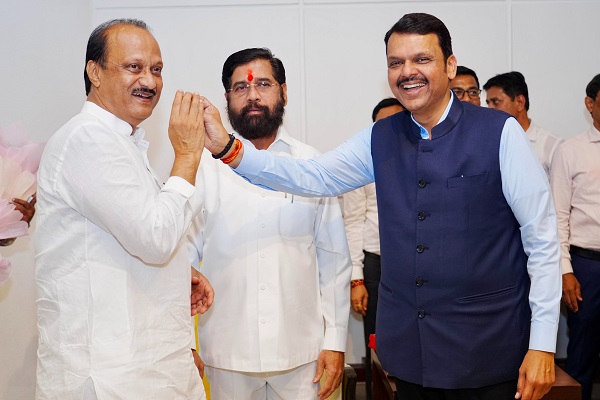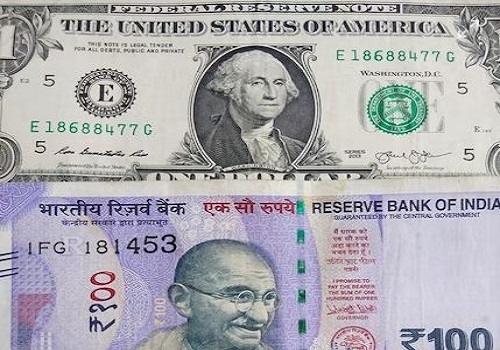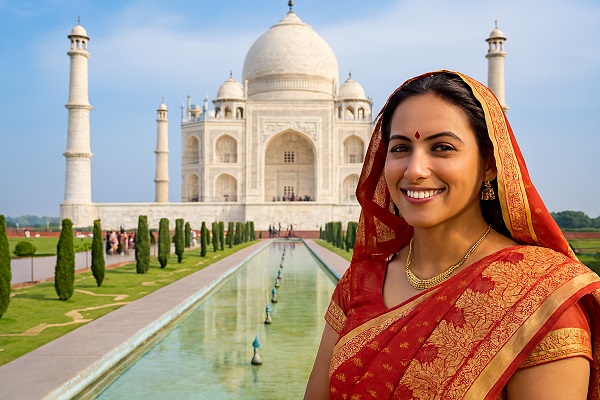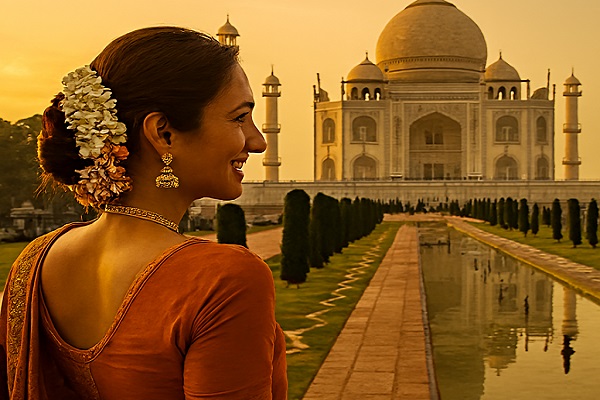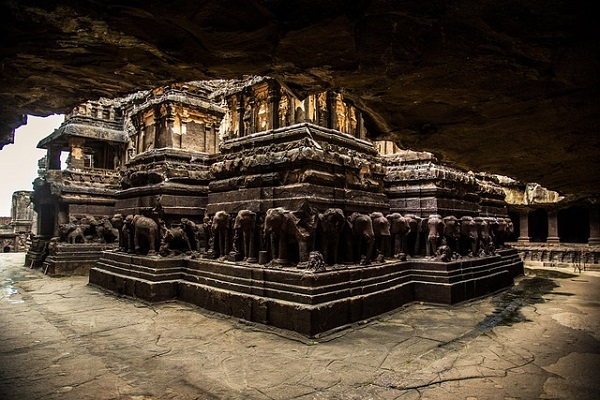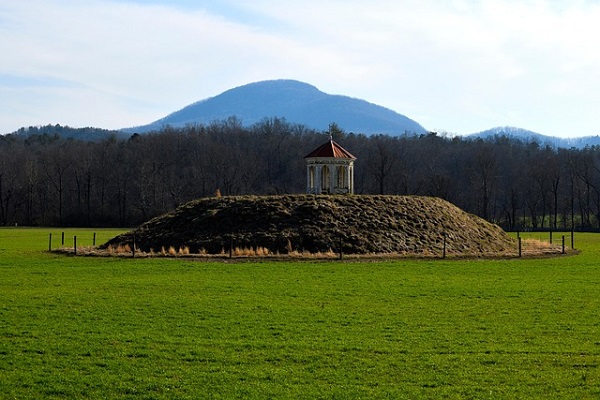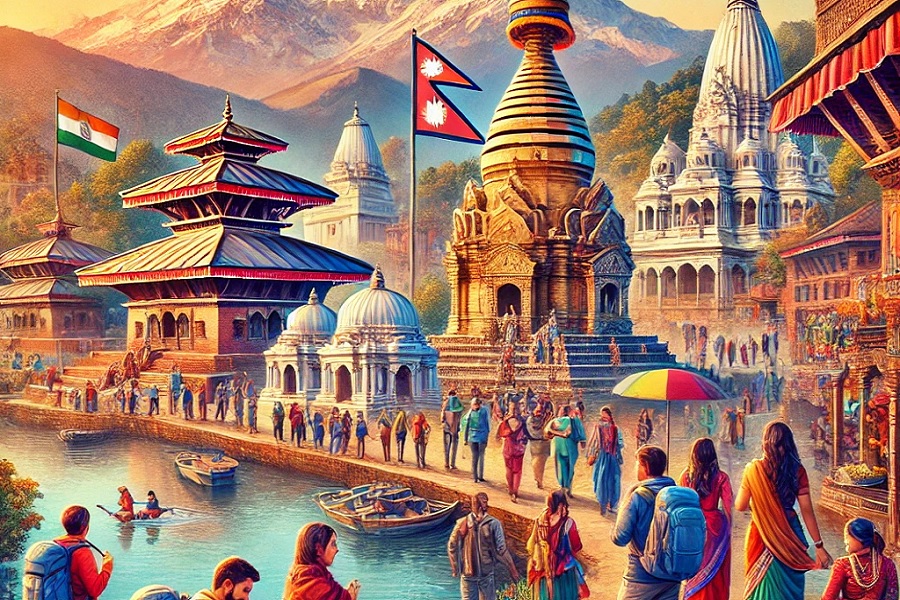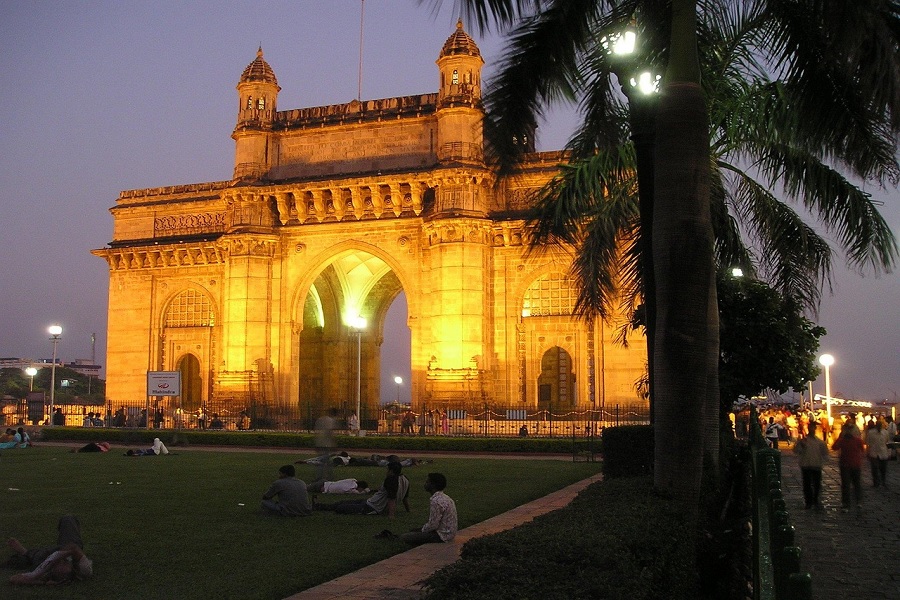Indian Tourism: A Journey Through Diversity and Heritage

Introduction
India is one of the world’s most captivating travel destinations, known for its cultural heritage, natural beauty, spirituality, and modern experiences. From the snow-clad Himalayas to the golden deserts of Rajasthan, from bustling cities to tranquil backwaters, Indian tourism offers something for every traveler.
Tourism in India: An Overview
India welcomed over 6.19 million foreign tourists in 2023, with numbers steadily rising post-pandemic.
The domestic tourism market is massive, with over 1.8 billion domestic trips annually, making India one of the largest travel markets in the world.
Tourism contributes nearly 5% to India’s GDP and is a major source of employment.
The government’s “Incredible India” campaign and initiatives like “Dekho Apna Desh” have boosted both domestic and international tourism.
Major Tourism Segments in India
Cultural Tourism: Temples of Khajuraho, forts of Rajasthan, Taj Mahal in Agra.
Adventure Tourism: Trekking in Ladakh, river rafting in Rishikesh, paragliding in Himachal Pradesh.
Spiritual Tourism: Varanasi ghats, Golden Temple in Amritsar, yoga retreats in Rishikesh.
Eco-Tourism: Kerala backwaters, Sundarbans mangroves, Gir National Park.
Medical & Wellness Tourism: Ayurveda in Kerala, yoga centers, advanced medical facilities in cities like Chennai and Delhi.
Luxury Tourism: Palace hotels in Jaipur, luxury trains like Palace on Wheels.
Popular Tourist Destinations
North India: Delhi, Agra, Jaipur (Golden Triangle), Kashmir, Himachal Pradesh.
South India: Kerala backwaters, Hampi ruins, Tamil Nadu temples.
East India: Kolkata, Darjeeling, Odisha’s Konark Sun Temple.
West India: Goa beaches, Mumbai city life, Rajasthan deserts.
Northeast India: Meghalaya’s living root bridges, Assam tea gardens, Sikkim monasteries.
Emerging Trends in Indian Tourism
Digital Tourism: Online bookings, virtual tours, and AI-powered travel planning.
Sustainable Travel: Eco-friendly stays, community-based tourism.
Film Tourism: Bollywood and regional cinema locations attracting fans.
Rural Tourism: Village homestays offering authentic cultural immersion.
Challenges
Infrastructure gaps in remote areas.
Seasonal overcrowding at popular sites.
Need for stronger promotion of lesser-known destinations.
Conclusion
Indian tourism is a kaleidoscope of experiences — blending history, spirituality, adventure, and modernity. Whether you’re seeking peace in the Himalayas, culture in Rajasthan, flavors in Kerala, or energy in Mumbai, India promises journeys that touch the soul and create memories for a lifetime.













